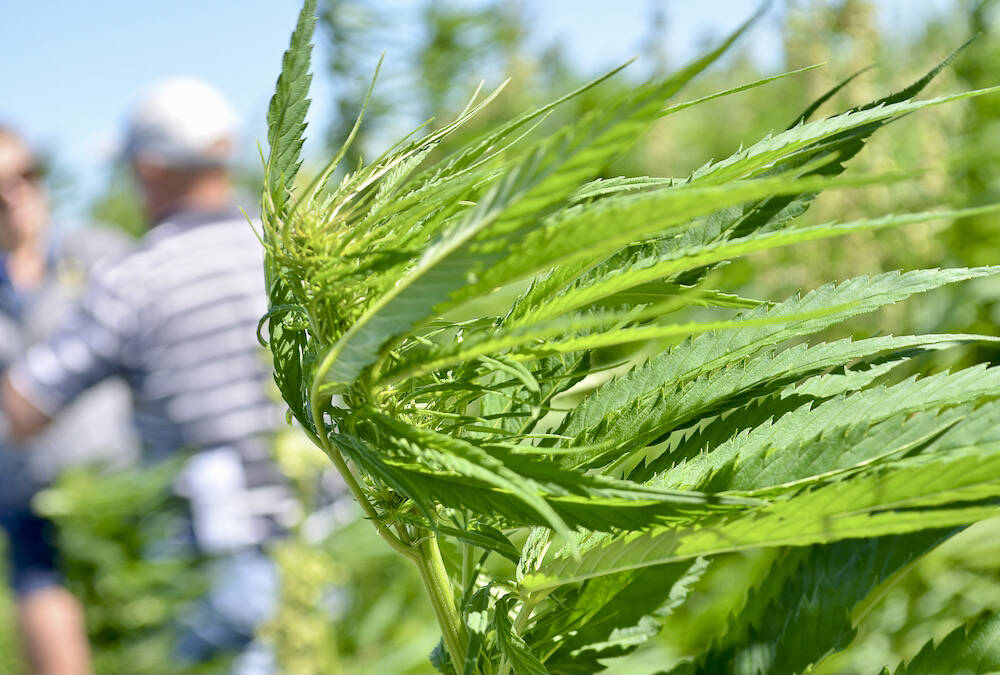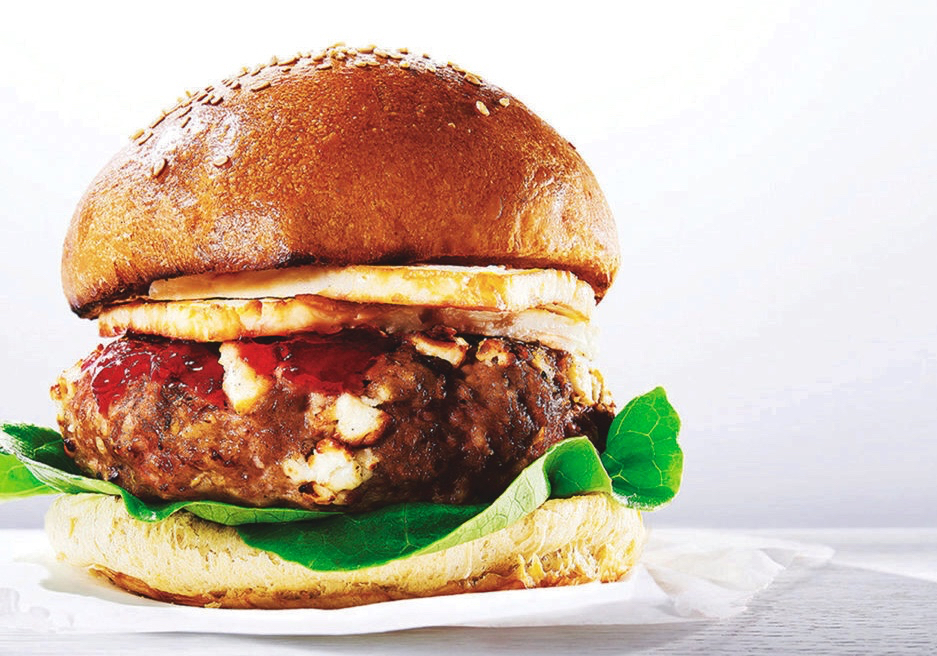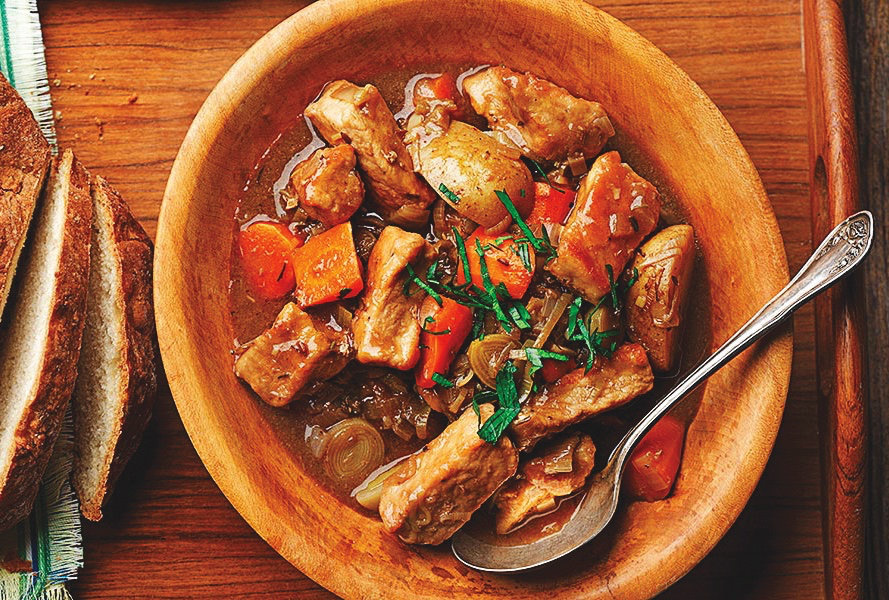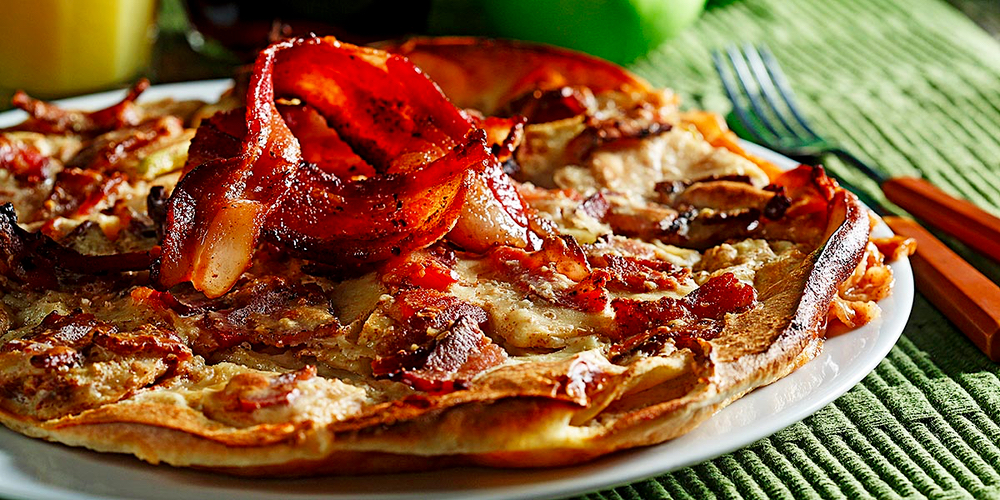As soon as I heard someone open the door to our patio, I knew a cleanup was in our future. Our three dachshunds rushed into the house, leaving muddy paw prints in their wake.
Our youngest dog, not quite one year old, ran around the living room, hopped on the couch, grabbed a shoe and continued running. His underbelly was caked with mud.
My kids began to chase him, and he was enjoying the “game.” As he zipped around our home, his muddy paws left tracks on wood, tile and carpet. Now our home needed more spring cleanup than ever.
Read Also

Canadian hemp stable, but stuck on growth
Canada’s hemp industry hopes hybrid varieties, better yields, clearer regulations and new markets can help the crop break past its ceiling and get Canadian farmers planting more hemp acres.
He was the least popular dachshund that day, at least from my viewpoint. Fortunately, my three kids hopped into action with brooms, and spray bottles filled with cleaning products. Our dogs now have a fenced area within our backyard far from the muddy garden plot.
Yes, spring is welcome with its growing grass and blossoming plants, but many times the melting snow leaves ample amounts of mud in our yards. Unfortunately, more dirt can find its way into our homes in the springtime.
If you’re thinking about spring cleaning, kitchens are a good place to start. By definition, cleaning removes particles, including dirt and food, from surfaces. Cleaning usually involves washing surfaces with soap and water, rinsing with clean water and air-drying or using a cloth for drying.
Besides cleaning, you might consider sanitizing kitchen surfaces, including countertops, cutting boards, refrigerator drawers and other surfaces. Bacteria, including salmonella, E. coli and listeria, may be spread from contaminated hands to food or from contaminated surfaces, such as cutting boards, knives and other equipment, to food.
Sanitizing takes cleaning one step further. Sanitizing reduces or eliminates germs, such as salmonella, on surfaces. After cleaning the surface, such as a cutting board, spray the surface with the sanitizer of choice or prepare a larger amount in a sink and immerse the item. Leave the sanitizer on the surface for the suggested amount of time. Allow the surface to air-dry or use a clean cloth to dry.
According to a study published in theJournal of Food Protection, several common household products are effective as sanitizers and are safe to have around food. One of the best in-home sanitizers is diluted, unscented chlorine bleach (about a scant teaspoon of bleach per quart of water in a spray bottle).
When a diluted chlorine bleach solution is sprayed on cleaned surfaces and allowed to remain for at least one minute,
E. coli, listeria and salmonella contamination can be reduced by 99.99 per cent. Surfaces must be cleaned before using the chlorine solution because detergents and dirt can inactivate chlorine bleach.
Hydrogen peroxide can reduce
E. coli and salmonella, but not listeria, when applied to surfaces and allowed to stand for 10 minutes. Undiluted white vinegar at room temperature can reduce salmonella contamination when allowed to stand for 10 minutes. However, undiluted vinegar is not effective in the inactivation of listeria or E. coli.
Foodborne bacteria can sicken us all. Some populations are more vulnerable to foodborne illness, so reducing disease-causing germs in their environment becomes even more important. If you live with someone who is elderly, immune compromised or ill, or if you have children under age five in your home, consider sanitizing your kitchen surfaces regularly.
– Julie Garden-Robinson, PhD, L.R.D., is a North Dakota State
University Extension Service food and nutrition specialist and associate professor in the department of health, nutrition and exercise sciences.














